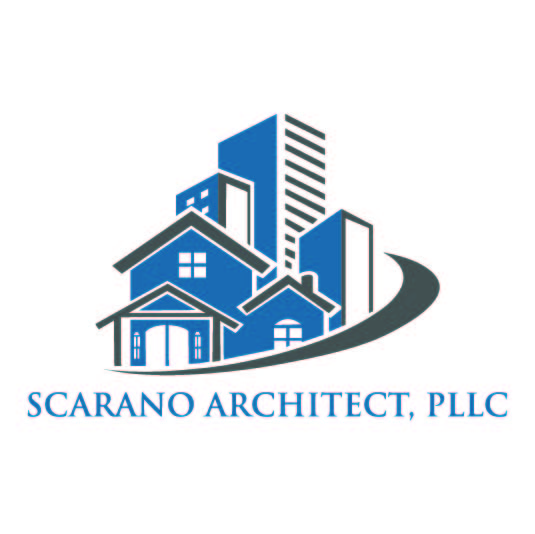Are you planning on working with an Architect on your new home or renovation project? There are things that can go wrong in an Architect-Client relationship but there are key ways you can prevent mistakes and manage your risk before you get into any trouble. Here are a few points to know when working with an Architect that will help to demystify the process.
- Is your Architect registered? To call yourself an Architect and describe your work as Architectural design you have to be registered as an Architect with the Board of Architects in your area. To become registered you have to obtain a recognized Architectural degree, complete a minimum number of years of work inside the industry, as well as pass a written exam. Afterward, you must complete continuing professional education hours each year. Architects must also adhere to a strict code of conduct. No other design professional has this level of required performance in order to use the title of their profession. Architects have greater legal liability, and a much higher onus put on them than building designers or draftspeople do.
- Architects have the unique ability to envision spaces; to see what’s possible as well as express it. An architect on a house remodel job is first and foremost a facilitator. He will provide design guidance, and give you a great space to live. But remember, every architect is different, and this makes their work processes differ. For instance, not all architects will know what your project will cost to build or to renovate. Architects should only be providing “opinions of probable cost” which is not a cost estimate. The best way to get accurate costing input during your design phase is to hire a builder to work on your design team. You can pay them as a consultant to work with your Architect advising on cost along the way. This will ensure that your design will develop in alignment with your budget.
- Seek Architects from reputable sources. The American Institute of Architects (AIA), an architects’ trade organization, provides a directory and a referral service. A contractor you’ve chosen or have worked with in the past also may be able to recommend architects who would be a good fit for your project. Online searches with companies like Home Advisor or Houzz are also excellent resources.
- Make sure your ideas and your architect’s match. After you give him your input about the project, the architect will begin to draft a set of sketches. Take your time reviewing these sketches being sure to discuss anything that isn’t included on your wish list for space. It is so much easier to make changes at this stage than it is when the plans are made and construction has begun. Never be shy about asking for help. Architects’ plans can be challenging for the untrained eye to understand. Be sure you are clear about the details and ask your architect to explain anything that you find confusing, & the renovation architect.
Overall, your goal as the homeowner is to do thorough due diligence to find the right designer for you, preferably with experience in projects like yours. Begin working with them in an open and honest way that creates a dynamic relationship where your design and budget can be maximized to their fullest potential. You must be able to trust their advice and be led by their expertise. When you listen to their guidance and do what you need to do to be a great client, you’ll completely expand what’s possible for your budget, your site, renovation architect, and your future home.



